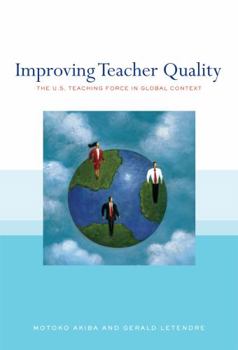Improving Teacher Quality: The U.S. Teaching Force in Global Context
Using data from 15 countries, this groundbreaking work examines teacher quality, work norms, and professional learning opportunities. The authors compare and contrast the United States with two high-achieving countries--Japan and Australia--that have implemented very different approaches to improving teacher quality. Drawing on both large international data sets and ethnographic and small-scale studies, the book addresses critical questions:
How do teacher quality, teacher recruitment, and hiring policies in the United States differ from those in other countries? How do the working conditions of U.S. teachers differ from those of teachers in other countries? How do U.S. teachers' opportunities for professional learning differ from those of teachers in other countries? How do the characteristics of the national teaching force influence student achievement? What U.S. policies offer promise for improving teacher quality?Format:Paperback
Language:English
ISBN:0807749885
ISBN13:9780807749883
Release Date:July 2009
Publisher:Teachers College Press
Length:166 Pages
Weight:0.60 lbs.
Dimensions:0.5" x 6.0" x 8.9"
Customer Reviews
0 rating





